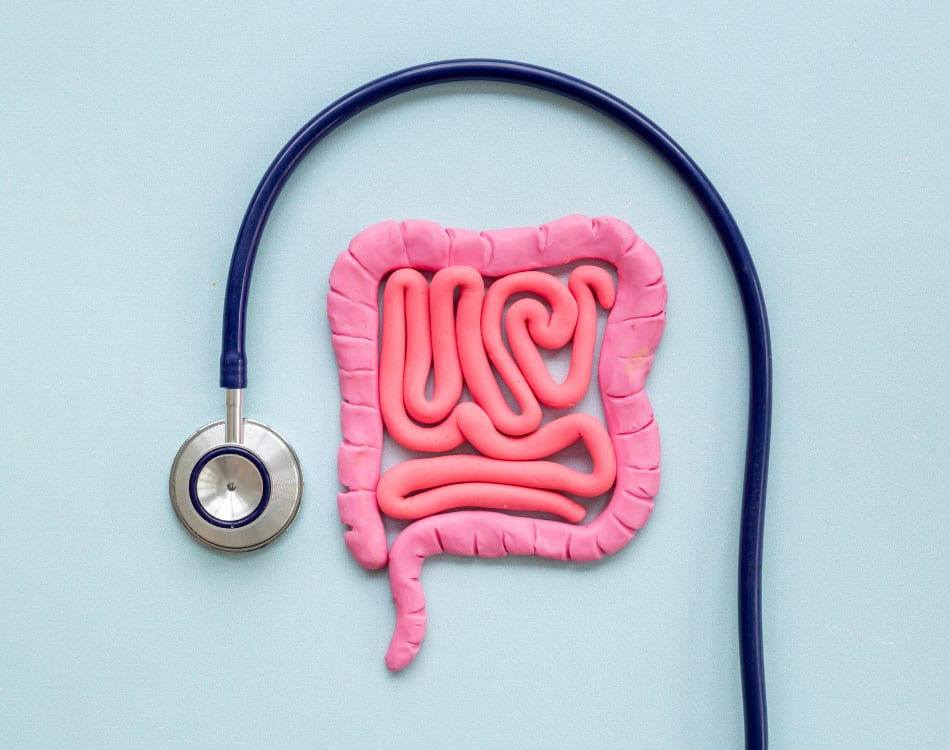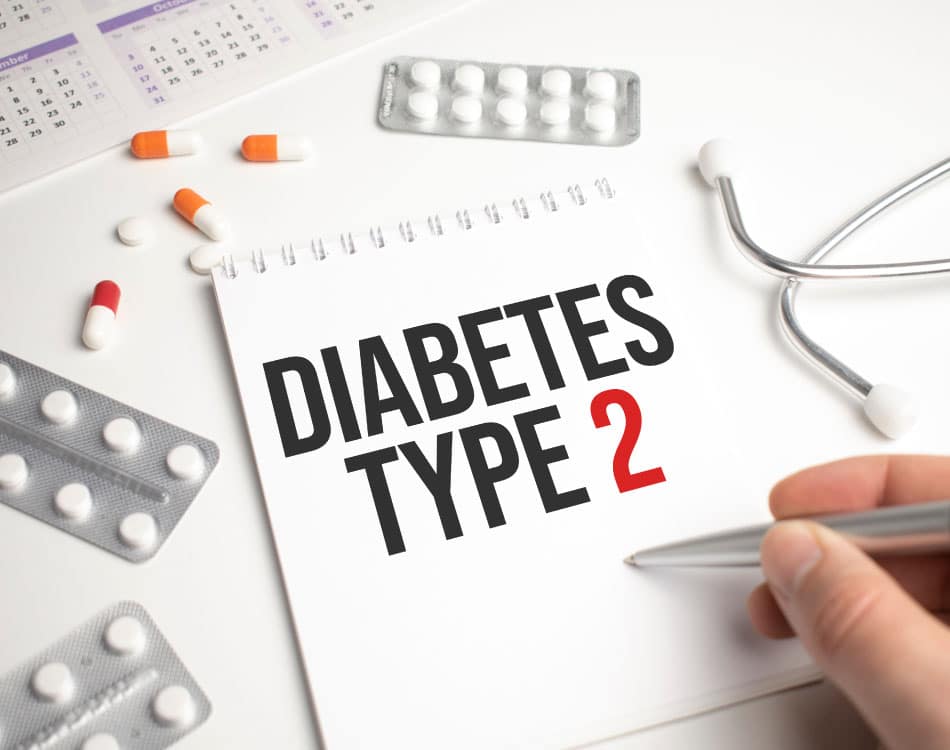For most the fight against fat is disproportionately focused on the reduction of subcutaneous fat – the fat found directly under the skin that shapes our outward appearance.
Few give much thought, if any, to visceral fat – the fat deposits in our abdomen that surround our organs.
When it comes to the reduction of body fat our primary concern needs to be more than skin deep, so to speak.
While subcutaneous fat around the belly region is closely linked with the prevalence of numerous lifestyle diseases and is a good predictor of future health, there is more to an expanding waistline than meets the eye.
Health risks of visceral fat
The real danger lies beneath, where the deep visceral fat wraps around major organs in the abdominal cavity, including the stomach, liver, intestines and kidneys, and wreaks havoc with your endocrine system.
The other concern is that men with an acceptable waist circumference or even an ideal weight or body mass index may be carrying excessive amounts of visceral fat, which carries significant health risks.
Visceral fat, also known as organ fat or intra-abdominal fat, increases your risk for heart disease, stroke and even dementia, and is associated with metabolic dysfunction in the form of type-2 diabetes and insulin resistance. Other symptoms include high cholesterol and high blood pressure.
Excess visceral fat can potentially also release substances such as free fatty acids into the portal vein, which carries blood from the intestinal area to the liver, depending on proximity. These substances then travel to the liver, where they can influence the production of blood lipids, which is why visceral fat is directly linked with higher total cholesterol and bad LDL cholesterol, as well as lower levels of good HDL cholesterol.
Another reason why visceral fat is more detrimental to our health is the role it plays in chronic inflammation as this type of adipose tissue produces pro-inflammatory cytokines such as tumor necrosis factor-alpha (TNF-alpha) and interleukin-6 (IL-6), and it also produces less adiponectin – a beneficial hormone that makes the liver and muscles more insulin sensitive – than white fat cells.
Measuring your visceral fat levels
Sadly there is no mainstream, readily available method available to determine the amount of visceral fat a person is carrying. The only options currently available are expensive MRI or CT scans.
However, these forms of testing have shown that waist circumference is a good indicator of the amount of visceral fat we’re carrying. Accordingly, those who have an apple shape and a waist circumference of 101cm or more (men) or 89cm in women have a large percentage of their total body fat concentrated above their waist, in their abdomen.
There is also a growing body of emerging evidence that the combination of deep visceral fat and subcutaneous belly fat is that most dangerous combination.
How to reduce visceral fat levels
The main way to reduce visceral body fat is to eat a healthy, calorie-controlled diet. This diet should limit or eliminate sugar and processed carbohydrates, and should include adequate protein, fibre and healthy sources of fat.
Studies have also shown that monounsaturated fatty acids help to reduce both subcutaneous and visceral fat. Three servings of whole grains per day have also been linked with lower levels of visceral fat.
The other way to effectively target visceral fat is with exercise. Cardiovascular activities like running, biking or rowing are often touted as the most effective way to reduce visceral fat. A study published in 2013 in the International Journal of Cardiology found that high-intensity-resistance training “induced a faster visceral fat loss, and thus the potential of resistance training should not be undervalued”.
As the aim in both instances is to reduce the accumulated fat around your belly, any form of regular moderate to high intensity training (three or more times a week at minimum) will assist your efforts.
Oh, and don’t forget to get good shut-eye! A 2010 study from the Wake Forest University School of Medicine showed that insufficient sleep (five hours or less a night) or too much sleep (eight hours or more) were linked to increases in visceral fat. It therefore pays to implement and maintain healthy sleeping habits.

















Leave A Comment